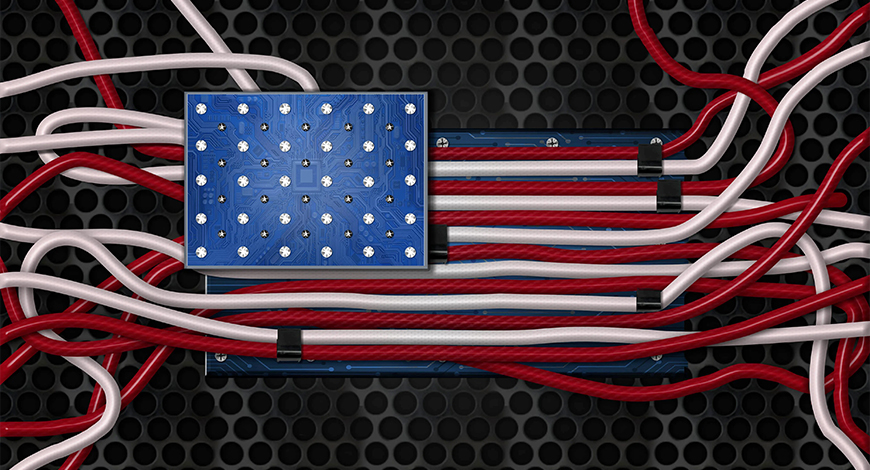1. Broadband Access:
-
Urban Areas: In urban and suburban areas, access to high-speed broadband internet is generally good. High population densities make it more economically viable for internet service providers (ISPs) to invest in infrastructure.
-
Rural Areas: Rural areas face significant challenges. Many rural communities lack access to reliable broadband services, with some regions having limited or no connectivity options. This is often due to the high cost of deploying infrastructure in sparsely populated areas.
2. The Digital Divide:
-
Socioeconomic Disparities: The digital divide in the U.S. is closely tied to socioeconomic factors. Low-income individuals and households are less likely to have access to high-speed internet and the necessary devices for online activities.
-
Educational Impact: The digital divide has a direct impact on education, especially with the shift to online learning. Students without internet access and suitable devices face barriers to academic success.
3. Infrastructure Development:
-
5G Deployment: The rollout of 5G networks is underway in major cities, promising faster internet speeds and lower latency. However, this technology is primarily available in urban areas, leaving rural communities underserved.
-
Broadband Infrastructure: Government initiatives, such as the Rural Digital Opportunity Fund, aim to expand broadband infrastructure in underserved areas. These programs provide financial incentives to ISPs to deploy high-speed internet to rural communities.
4. Competition and Monopolies:
-
Limited Competition: In many areas, there is limited competition among ISPs, leading to higher prices and less incentive for quality service. Some regions have only one or two ISPs, reducing consumer choice.
-
Monopolistic Practices: Some ISPs have faced criticism for engaging in monopolistic practices, such as price discrimination, data caps, and restrictions on consumer choice. These practices can hinder internet access and affordability.
5. Net Neutrality:
- Policy Changes: The U.S. has seen policy changes regarding net neutrality, with some states enacting their own net neutrality regulations. The absence of federal regulations on net neutrality has raised concerns about ISPs potentially discriminating against or favoring certain online content and services.
6. Pandemic Impact:
-
COVID-19: The COVID-19 pandemic highlighted the importance of internet connectivity, with remote work and online education becoming the new norm. Disparities in access became more pronounced during the pandemic.
-
Government Assistance: The government implemented programs like the Emergency Broadband Benefit to provide financial assistance to low-income households, helping to bridge the connectivity gap.
7. Future Challenges:
-
Cybersecurity: As reliance on the internet increases, cybersecurity concerns are growing. Protecting critical infrastructure and data from cyber threats is a significant challenge.
-
Digital Inclusion: Ensuring that all citizens have equitable access to the digital world remains a priority, with many organizations and policymakers pushing for digital inclusion initiatives.
In conclusion, while the United States has made substantial progress in internet infrastructure and connectivity, challenges remain in addressing the digital divide, especially in rural and underserved communities. Initiatives aimed at expanding broadband access, fostering competition, and bridging socioeconomic disparities are crucial for achieving universal and equitable internet connectivity across the country. The evolving landscape of technology and policy will continue to shape the state of internet connectivity in the USA.




Comments (0)